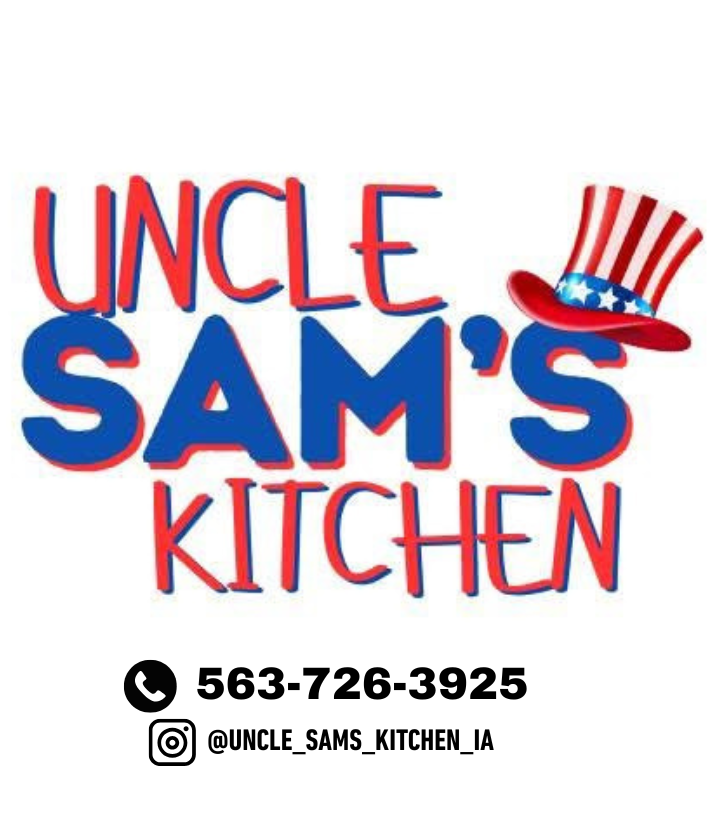The dreaded waitlist: a necessary evil
Photo taken by by Jan Vašek from Pixabay
Students stress as they wait longer to hear back from colleges.
April 29, 2019
Uncertainty is frustrating, especially when it concerns the college admissions process.
After waiting months to hear back from your dream school, you are finally informed that your application has been placed on the waitlist.
The admissions committee has finished reviewing your file but cannot offer you admission at this time for one reason or another. Nevertheless, the college still believes you possess the academic credentials to attend.
However, it is important to keep in mind that the university has not denied your admission; this is the admissions committee’s notification that your final decision remains pending.
Essentially, from here on out, it is a waiting game.
But the waitlisting process instills a sense of false hope within students. Colleges will not inform students of the school’s final decision until after May 1– the deadline for high school seniors to pay deposits and secure their spot at a college. While prospective students hope for good news from their dream schools, they must be proactive by preparing a plan B and securing arrangements to attend a different institution.
Senior Aman Manazir calls the entire waitlist process a “necessary evil.”
Schools use a waitlist to account for the uncertainty of the college admissions process, since it is not realistic for schools to assume that every student offered admission will enroll. The waitlist is a tool colleges use to ensure flexibility in their class sizes. Manazir added, “[Without the waitlist] colleges would have no way to keep their numbers fairly consistent.”
So the truth is, these universities are playing a waiting game of their own.
Only when initially-accepted students inform schools of their final decisions do spots open up for any waitlisted students.
Pleasant Valley counselor Valerie Tucker despises the uncertainty of the entire process. “It’s excruciating,” she said. In some ways, a straightforward “no” would be better than a “maybe,” because you can accept the “no” and move on. However, a “maybe” gives you hope that it might become a “yes,” but makes you behave like it is already a “no.” Tucker added, “I really appreciate those schools who have done away with waitlists to allow students to just move on with their lives.”
If you find yourself on the waitlist for your dream school, the best thing you can do is solidify your plan B. While it may not be what you had envisioned, your dream school is not the only path to your future success.







